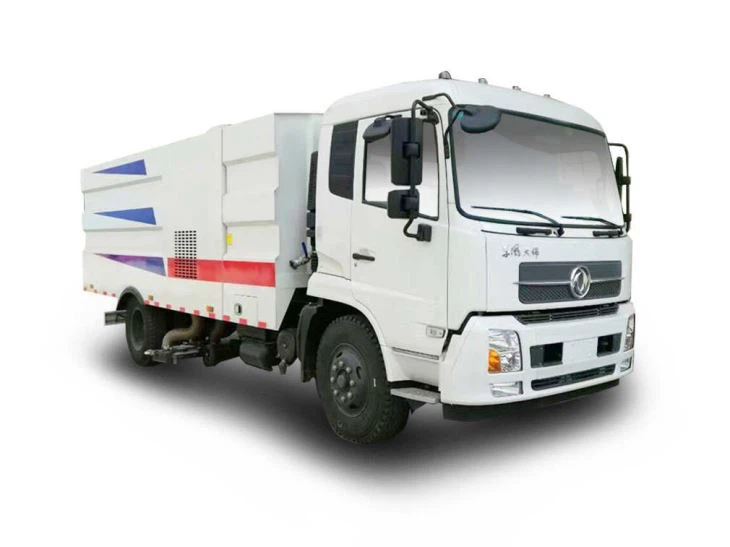Understanding the Par Kan Easy Dump: A Comprehensive Guide

In recent years, the digital landscape has evolved significantly, bringing about new technologies and methodologies that streamline data management. One such approach that has gained traction is the “Par Kan Easy Dump.” This article delves into what this term entails, its applications, advantages, and best practices for effective usage.
Table of Contents
- What is Par Kan Easy Dump?
- How It Works
- Benefits of Using Par Kan Easy Dump
- Applications of Par Kan Easy Dump
- Best Practices for Implementation
- Common Challenges and Solutions
- Tools and Software for Par Kan Easy Dump
- Real-World Examples
- Frequently Asked Questions
What is Par Kan Easy Dump?
The term “Par Kan Easy Dump” refers to a streamlined approach to data dumping, often utilized in data management and analytics. In essence, it represents a way to quickly and efficiently gather, export, and utilize data from various sources without the complexity typically associated with data handling processes.
At its core, the Par Kan Easy Dump approach integrates principles of data warehousing and data lakes, allowing organizations to maintain organized, accessible, and analyzable data sets. This method is particularly appealing to businesses that require quick insights without overwhelming technical complications.
How It Works
The Par Kan Easy Dump operates through a series of systematic steps designed to simplify the data management process:
Step 1: Data Identification
The first step involves identifying the necessary data sources required for analysis. This could involve databases, cloud storage systems, or even manual data entry points.

Step 2: Data Collection
Once the data sources are identified, data collection can begin. This may involve exporting data in bulk or utilizing APIs to fetch data dynamically.
Step 3: Data Cleaning
To ensure data integrity, collected data often needs a cleaning process to remove duplicates, correct formatting issues, and fill in gaps.
Step 4: Data Organization
After cleaning, the next step is organizing the data into a coherent structure that facilitates analysis. This may involve using taxonomies or hierarchies that make sense for the specific use case.
Step 5: Data Export
Finally, the organized data is exported in a format that fits the needs of the users—whether for reports, dashboards, or further analytical processes.
Benefits of Using Par Kan Easy Dump
| Benefit | Description |
|---|---|
| Time Efficiency | Speeds up the data handling process, enabling quicker insights. |
| Cost-Effective | Reduces the need for complex software and extensive manpower. |
| User-Friendly | Designed to be accessible for non-technical staff. |
| Data Integrity | Ensures accuracy and consistency through systematic cleaning. |
| Scalability | Easily adjusted to accommodate growing data needs. |
Applications of Par Kan Easy Dump
The Par Kan Easy Dump can be applied across various sectors and industries:
1. Business Intelligence
Organizations utilize Par Kan Easy Dump for gathering insights from disparate data sources to inform decision-making processes.
2. Market Research
Firms can efficiently collect and analyze consumer data, leading to better product or service offerings.
3. Academic Research

Researchers can compile and analyze large volumes of data effectively, enhancing the overall research quality.
4. Healthcare
In medical environments, this method can facilitate the collection and use of patient data for analysis, improving patient outcomes.
5. E-commerce
Online retailers can leverage this technique to analyze consumer behavior and optimize their marketing efforts accordingly.
Best Practices for Implementation
For successful implementation of the Par Kan Easy Dump, consider the following best practices:
1. Clearly Define Data Requirements
Before starting, define what data is needed and why. Clear objectives will guide the process effectively.
2. Invest in Quality Tools
Select appropriate tools that can automate and streamline data collection and organization.
3. Regularly Update Data
Data should be regularly reviewed and updated to maintain accuracy and relevance.
4. Train Staff
Ensure that staff members are adequately trained on data management practices to maximize efficiency.
5. Document Processes
A well-documented process enables better reproducibility and understanding across teams.
Common Challenges and Solutions
1. Data Overload
Too much data can complicate the analysis. Consider setting strict guidelines for data limits based on relevance.
2. Data Quality Issues
Improperly managed data may lead to insights that are skewed. Regular data cleaning and checks can mitigate this risk.
3. Resistance to Change
Employees may resist new methods. Engage them in discussions and highlight the benefits of the new system to facilitate acceptance.
Tools and Software for Par Kan Easy Dump
Several tools and software options can aid in implementing the Par Kan Easy Dump effectively:
1. Microsoft Excel
A versatile tool for small-scale data handling, Excel allows users to sort, filter, and analyze data easily.
2. Google Sheets
Accessible from anywhere, Google Sheets is great for collaboration on data projects.
3. Tableau
This powerful visualization tool can help turn data into digestible insights quickly.
4. Power BI
Microsoft’s business analytics tool offers robust data analysis and visualization features.
5. Apache Hadoop
For larger datasets, Hadoop provides a framework to process vast amounts of data across clusters of computers.
Real-World Examples
Example 1: A Retail Chain
A large retail chain used Par Kan Easy Dump to gather sales data from various locations. By streamlining data collection, they were able to analyze sales trends rapidly, leading to enhanced inventory management.
Example 2: A Healthcare Provider
A healthcare provider implemented Par Kan Easy Dump to consolidate patient data from different departments. This led to improved patient care and operational efficiency.
Example 3: A Marketing Agency
A digital marketing agency utilized Par Kan Easy Dump for market research, allowing them to gather consumer data swiftly and to fine-tune their strategy effectively.

Frequently Asked Questions
1. What does “easy dump” refer to?
The term “easy dump” refers to the simplified process of gathering and exporting data without convoluted procedures.
2. How can I start implementing Par Kan Easy Dump?
Begin by defining data needs, selecting the right tools, and ensuring staff training on processes.
3. What types of data can be managed with this approach?
Any type of structured or unstructured data from various sources, including databases, spreadsheets, and applications, can be managed.
4. Are there any risks associated with data dumping?
Potential risks include data overload and quality issues; however, these can be addressed with proper management practices.
5. Can small businesses use Par Kan Easy Dump?
Yes, small businesses can greatly benefit from using this approach to manage data efficiently without needing extensive resources.
